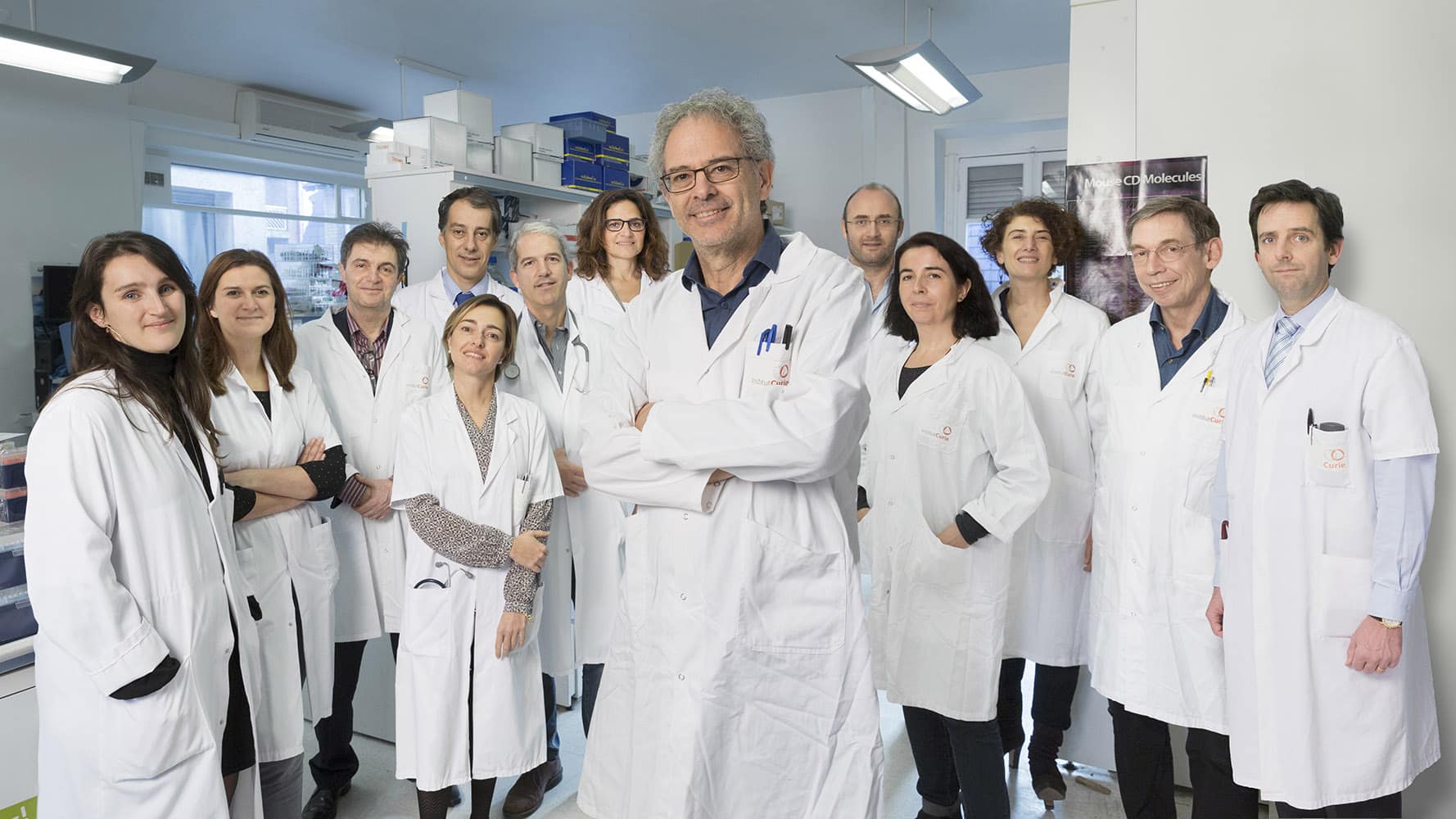Trodelvy, a new therapy announced by French Health Minister Olivier Véran, will be offered to women with triple-negative breast cancer from November 1, 2021. Trodelvy’s efficacy in terms of improving both progression-free survival and overall survival was reported in the international phase-3 clinical trial ASCENT, coordinated in France by the Institut Curie.
Combining molecular medical imaging and algorithms
From the outset, the Institut Curie and its teams have been working on detecting breast cancer and its metastases. Irène Buvat, Director of the Laboratory of Translational Imaging in Oncology, has moreover just been awarded the “Ruban Rose Avenir 2021” prize for her research and work. Irène Buvat was trained as a physicist and quickly channeled her work toward applying nuclear physics to molecular medical imaging. She was awarded this prize for developing a new PET (Positron Emission Tomography) imaging technique, and algorithms that are able to identify and quantitatively map molecules associated with breast cancer and its metastases. A clinical trial is planned for 2022.
“A full-body PET scan produces several hundred complex images! Nuclear physicians can analyze them qualitatively and establish a diagnosis by means of some very simple measurements, but only a computer can extract the whole wealth of quantitative information contained in the images,” Irène Buvat, Director of the Laboratory of Translational Imaging in Oncology
A new tracer combining a molecule that binds to tumor proteins (FAP) with a radioactive element will make it possible to detect and non-invasively locate these proteins in the body from a PET scan. The algorithms developed identify the sites in which the molecule accumulates, and measure their total volume, their dissemination in the body and their aggressiveness.
This new FAP marker could be coupled with another radioactive element capable of destroying tumor cells. “This second combination could irradiate the tumor from the inside in a highly targeted manner”, the Institut Curie said. Over time, this innovation could also be applied to other cancers.



